2025 Thanksgiving & Black Friday Special Deals on High Quality Neo Magnets
As the holidays approach, we are filled with gratitude and excitement. For over two decades, our team has been dedicated to producing high quality permanent neo magnets, magnetic toys, and magnetic accessories—from neodymium magnet discs, blocks, and countersunk magnets to magnetic balls and blocks that inspire creativity and imagination.
On this Thanksgiving Day, we sincerely thank all our customers and partners worldwide for their trust and support of our products. It is your support that motivates us to continuously improve product quality, customized services, and delivery speed. To express our gratitude, we are pleased to announce our 2025 Black Friday Special—a fantastic opportunity to stock up, save money, and prepare for the New Year.
Black Friday Highlights:
Factory-direct prices on all products: We have complete control over production and raw materials, eliminating middlemen and passing the cost savings directly to you. Now is the perfect time to order magnetic discs, blocks, countersunk magnets, pick-up magnets, powerful magnetic containers, colored magnetic blocks, and magnetic balls—all at holiday special prices.
Flexible Customization and Small Batch Support: Whether you need custom sizes, magnetic grades (e.g., N35–N52), magnetization direction, special coatings, or custom packaging, we can meet your needs. We welcome small sample orders so you can try them out before placing your order.
Fast Global Magnets Shipping and Logistics Options: Shipping can face many challenges during the holiday season—air and sea freight congestion and delays are common. We offer multiple shipping routes and Delivery After Duty (DDP) services covering Europe, North America, and other regions, minimizing your hassle and ensuring timely delivery even during peak season.
Limited-Time Discounts and Holiday Stocking Advantages: Shipping delays and increased costs are expected after Black Friday, so now is the best time to order. Whether you're replenishing inventory, preparing for a new project, or stocking up for future purchases, these Black Friday specials offer you affordable shopping opportunities.
A Season of Thanksgiving and Cooperation
We firmly believe that strong partnerships are built on reliability, transparency, and mutual benefit. On this Thanksgiving Day, we sincerely thank all our customers worldwide for their support. Your feedback, repeat orders, and collaborations motivate us to continuously improve our standards for material quality, coating durability, magnet performance, and on-time delivery.
Black Friday is just around the corner! Browse our full product line online, check out our special offers, and place your order early. Don't miss this opportunity to enjoy factory-direct prices, flexible customization services, and convenient logistics—all from a manufacturer you trust.
Happy Thanksgiving and Black Friday! May we have powerful magnets, build strong partnerships, and wish you a prosperous new year.
 0+
0+ 0+
0+ 0
0





 en
en de
de Hefei Super Electronics Co., Ltd.
Hefei Super Electronics Co., Ltd.


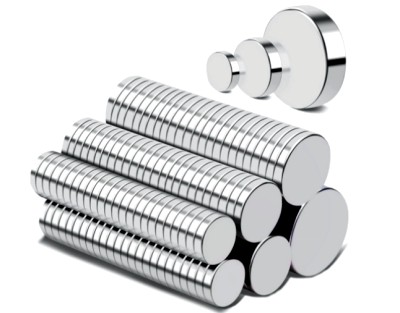
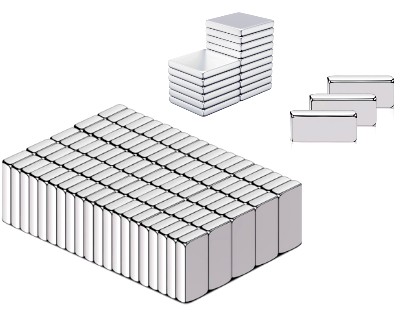
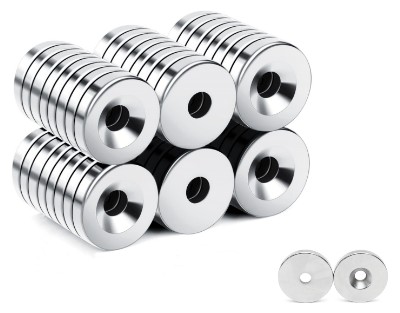
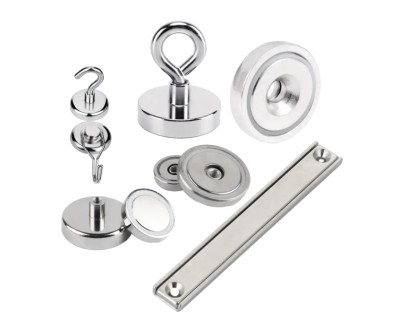
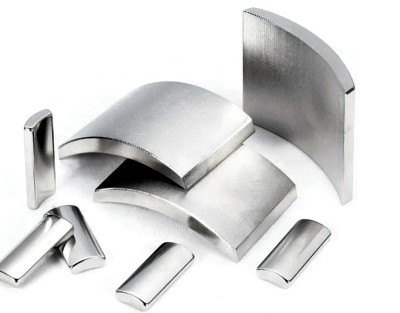
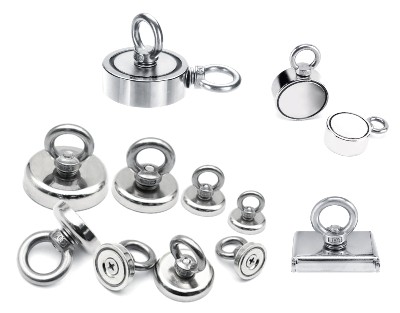
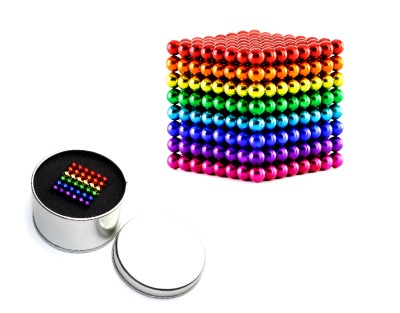
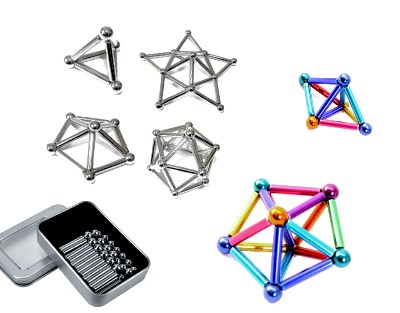






























 IPv6 network supported
IPv6 network supported
